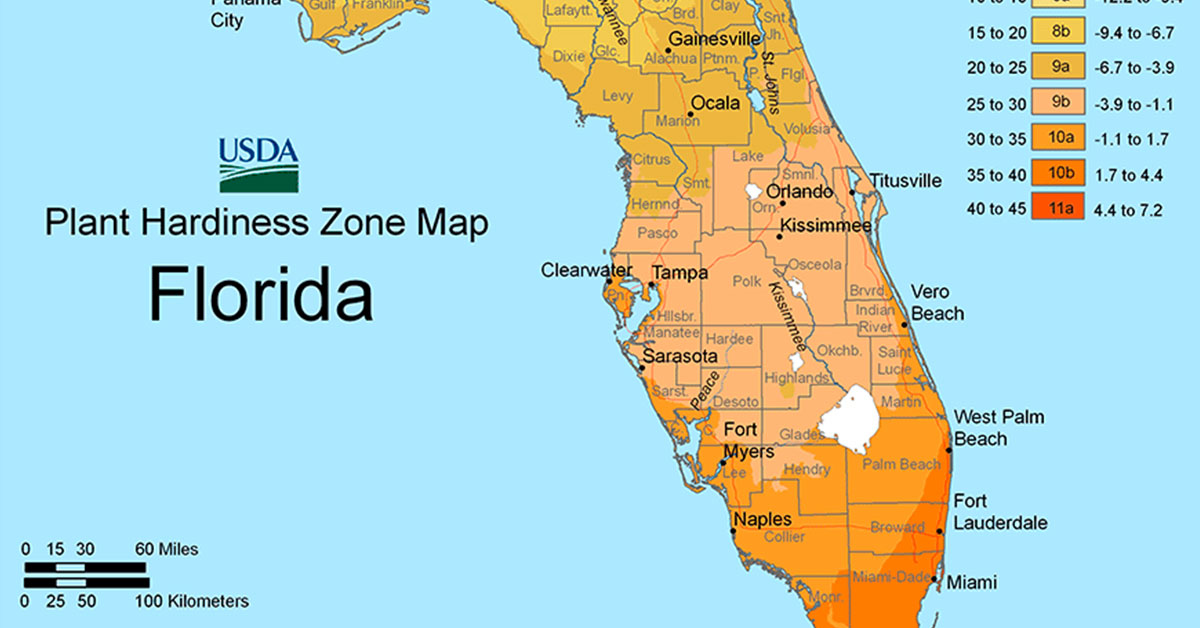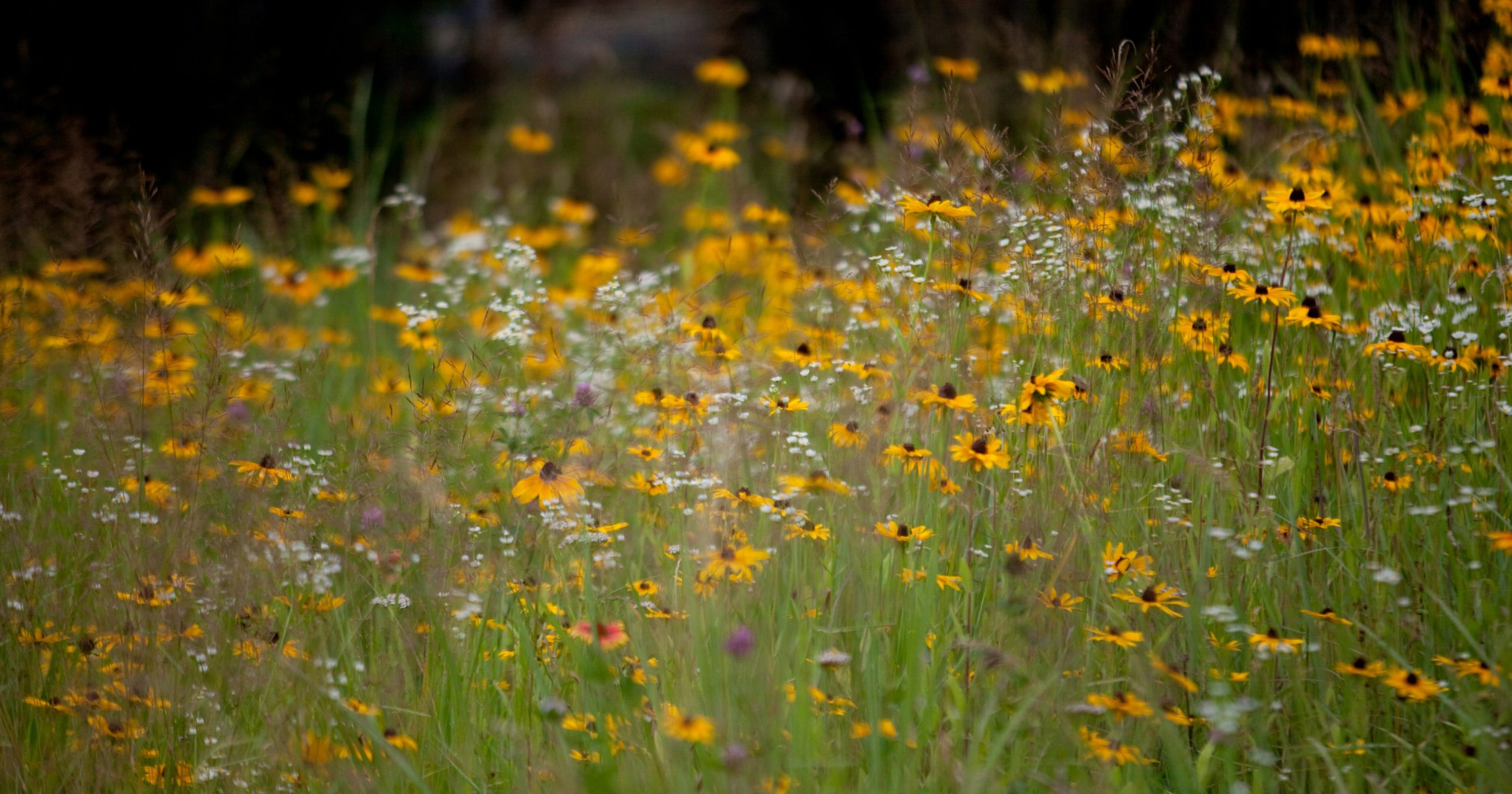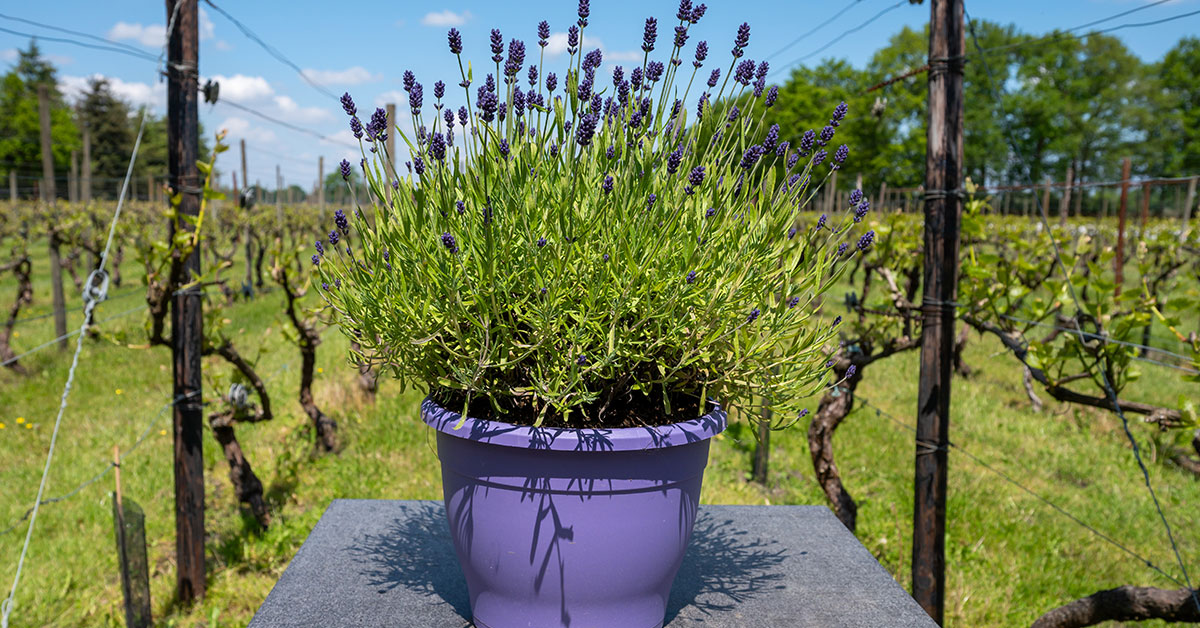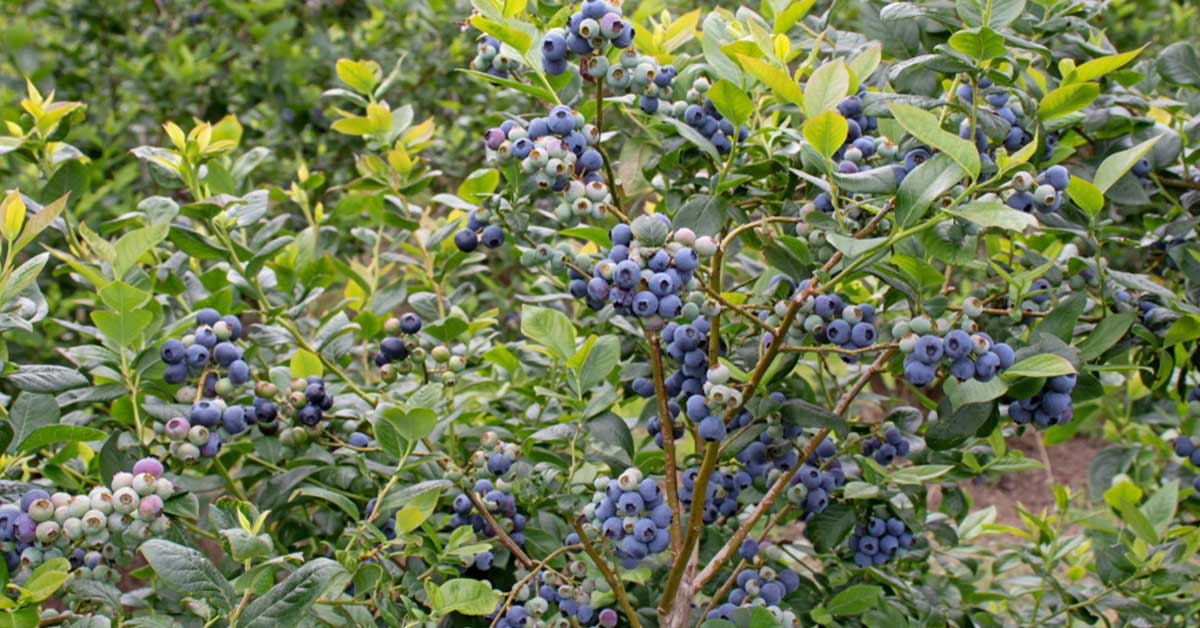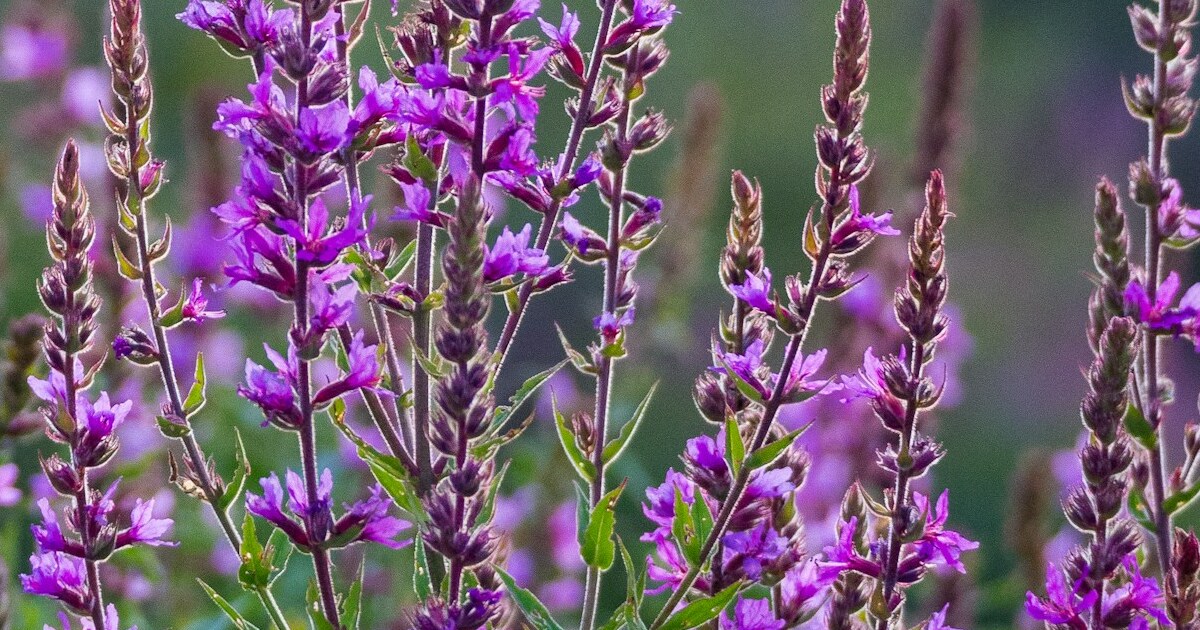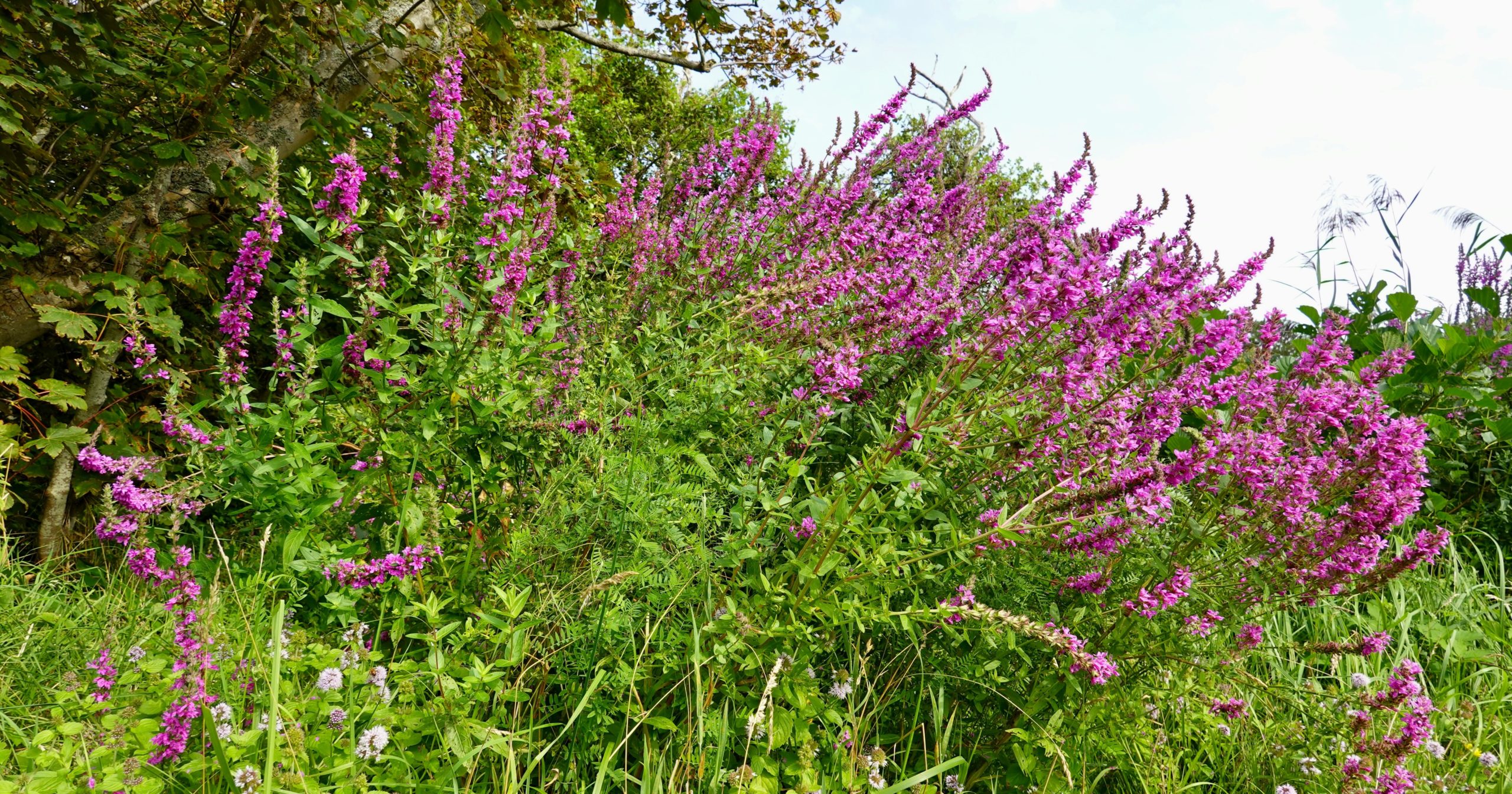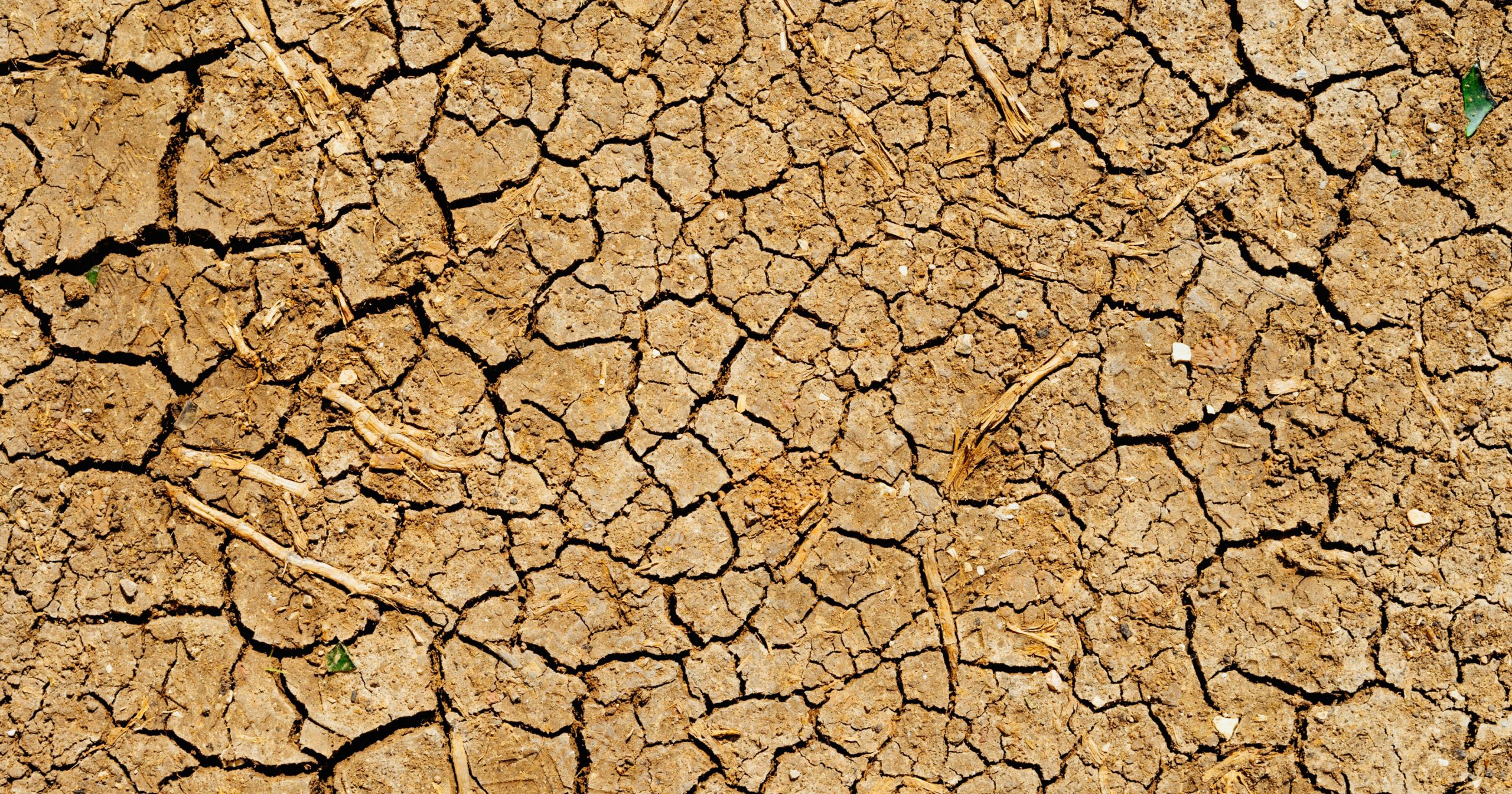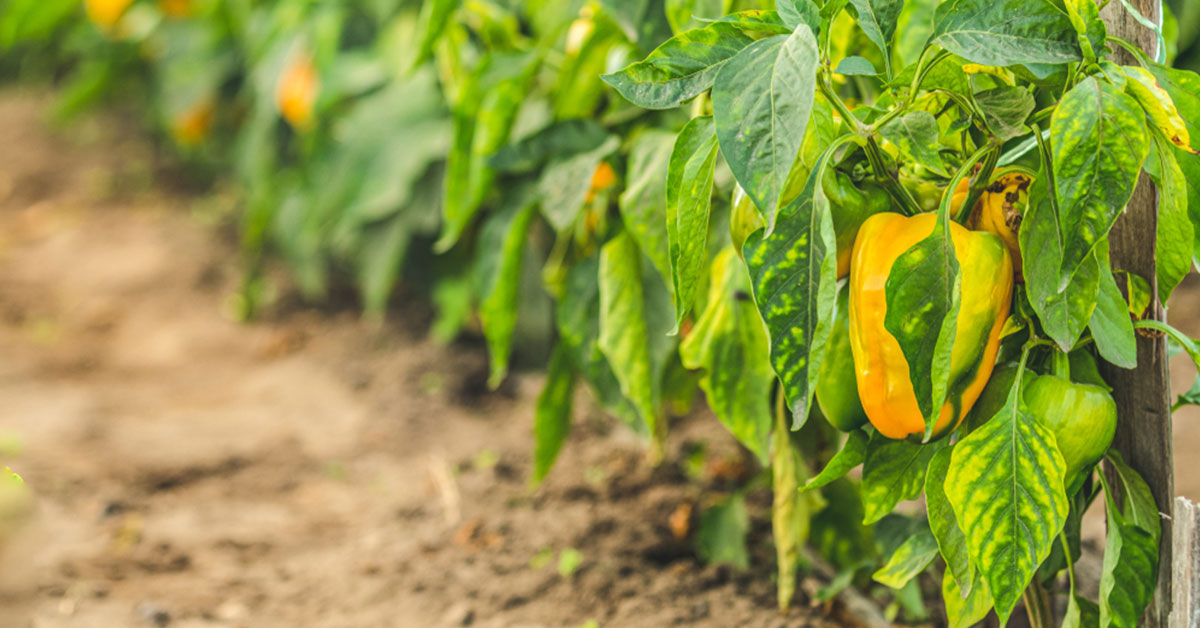Welcome to the lush world of gardening in Orlando, Florida! Nestled in the heart of the Sunshine State, Orlando offers a unique and vibrant environment for plant enthusiasts. One of the key factors to consider when embarking on your gardening journey here is the USDA hardiness zone. Orlando falls within zone 9b, which means it experiences mild winters and hot, humid summers.
This classification plays a crucial role in determining the types of plants that thrive in this region, as it provides valuable insights into the temperature extremes and frost dates. In this article, we will explore the diverse range of plants that flourish in Orlando’s zone 9b, along with essential tips and tricks to help you create a thriving garden in this subtropical paradise. So, grab your gardening tools and let’s dive into the world of Orlando gardening!
What is Orlando’s USDA hardiness zone?
The USDA hardiness zone is a system developed by the United States Department of Agriculture (USDA) to categorize regions based on their average annual minimum temperature. This system helps gardeners and plant enthusiasts determine which plants are most likely to thrive in a specific area. Orlando, Florida, falls within USDA hardiness zone 9b. This means that the average annual minimum temperature in Orlando ranges from 25 to 30 degrees Fahrenheit (-3.9 to -1.1 degrees Celsius).
It is important to note that this is just an average, and extreme cold snaps or frost events can occur occasionally. The hardiness zone is crucial for gardeners because it provides guidance on which plants can survive and thrive in a particular climate. In zone 9b, gardeners can grow a wide variety of plants that are well-suited to the warm and humid conditions of Orlando. Some popular plant options for zone 9b in Orlando include:
Tropical and subtropical plants: Orlando’s warm climate allows for the cultivation of a wide range of tropical and subtropical plants. These include palm trees, hibiscus, bougainvillea, plumeria, and banana plants.
Citrus trees: Orlando is known for its citrus industry, and gardeners can successfully grow citrus trees such as oranges, lemons, limes, and grapefruits. These trees thrive in the warm climate and can provide delicious fruits.
Native plants: Choosing native plants is always a good idea as they are adapted to the local climate and require less maintenance. Some native plants suitable for zone 9b in Orlando include beautyberry, coontie, firebush, and saw palmetto.
Vegetables and herbs: Orlando’s long growing season allows for the cultivation of a wide range of vegetables and herbs. Popular choices include tomatoes, peppers, cucumbers, basil, mint, and rosemary.
It is important to consider factors other than just the hardiness zone when selecting plants for your garden. Soil type, sun exposure, and water availability are also crucial factors to consider. Additionally, microclimates within a zone can vary, so it’s always a good idea to observe your specific location and consult with local gardening experts or extension offices for more specific recommendations.
When can you plant your garden in Orlando?
In Orlando, the ideal planting times for various plants can be determined by referring to its USDA hardiness zone, which is Zone 9b. This zone is characterized by mild winters and hot, humid summers. Here are some general guidelines for planting in Orlando:
Spring Planting: Spring is an excellent time to start planting in Orlando. As the temperatures start to warm up and the risk of frost diminishes, it is safe to plant a wide range of vegetables, annual flowers, and herbs. Some popular choices for spring planting include tomatoes, peppers, cucumbers, beans, zinnias, marigolds, and basil.
Fall Planting: Fall is another favorable season for planting in Orlando. The cooler temperatures make it easier for plants to establish their roots before the hot summer months. In the fall, you can plant cool-season vegetables like lettuce, spinach, broccoli, and carrots. Additionally, you can sow seeds for flowers such as pansies, petunias, and snapdragons.
Winter Planting: Orlando’s mild winters allow for year-round gardening. During the winter months, you can continue planting cool-season vegetables and flowers. It is also an ideal time to plant trees, shrubs, and perennials as they can establish their root systems without the stress of extreme heat.
Summer Planting: Summers in Orlando can be challenging for gardening due to the intense heat and humidity. However, there are still some plants that can tolerate these conditions. Heat-loving vegetables like okra, sweet potatoes, and southern peas can be planted in early summer. Additionally, you can grow heat-tolerant flowers such as sunflowers, vinca, and portulaca.
It’s important to note that these are general guidelines, and specific plant varieties may have different planting requirements. Always refer to the seed packets or plant labels for more precise information on planting times and care instructions. Additionally, local nurseries and gardening centers can provide valuable advice tailored to the specific conditions of Orlando.
What grows well in Orlando?
Orlando falls under USDA hardiness zone 9b, which means it experiences average minimum temperatures between 25 to 30 degrees Fahrenheit (-3.9 to -1.1 degrees Celsius). Here is a comprehensive list of plants that generally grow well in Orlando’s climate:
- Marigolds (Tagetes)
- Zinnias (Zinnia)
- Petunias (Petunia)
- Impatiens (Impatiens walleriana)
- Sunflowers (Helianthus annuus)
- Cosmos (Cosmos bipinnatus)
- Portulaca (Portulaca grandiflora)
- Celosia (Celosia argentea)
- Blanket Flower (Gaillardia)
- Coneflowers (Echinacea)
- Black-eyed Susan (Rudbeckia)
- Salvia (Salvia spp.)
- Lantana (Lantana camara)
- Pentas (Pentas lanceolata)
- Coreopsis (Coreopsis spp.)
- Daylilies (Hemerocallis)
- Shasta Daisy (Leucanthemum x superbum)
- Azaleas (Rhododendron spp.)
- Camellias (Camellia spp.)
- Hibiscus (Hibiscus rosa-sinensis)
- Oleander (Nerium oleander)
- Bottlebrush (Callistemon spp.)
- Firebush (Hamelia patens)
- Indian Hawthorn (Rhaphiolepis indica)
- Dwarf Yaupon Holly (Ilex vomitoria ‘Nana’)
- Podocarpus (Podocarpus macrophyllus)
- Crape Myrtle (Lagerstroemia indica)
- Southern Magnolia (Magnolia grandiflora)
- Live Oak (Quercus virginiana)
- Bald Cypress (Taxodium distichum)
- Sabal Palm (Sabal palmetto)
- Sweetgum (Liquidambar styraciflua)
- Red Maple (Acer rubrum)
- Loquat (Eriobotrya japonica)
- Southern Red Cedar (Juniperus virginiana)
- Basil (Ocimum basilicum)
- Tomatoes (Solanum lycopersicum)
- Peppers (Capsicum spp.)
- Okra (Abelmoschus esculentus)
- Squash (Cucurbita spp.)
- Cilantro (Coriandrum sativum)
- Rosemary (Rosmarinus officinalis)
- Mint (Mentha spp.)
- Thyme (Thymus spp.)
Remember to consider factors like soil type, sunlight exposure, and water requirements when selecting plants for your specific garden. Additionally, it’s always a good idea to consult with local nurseries or gardening experts for personalized advice based on your specific location and conditions.
What won’t grow in Orlando?
In Orlando, which falls under USDA hardiness zone 9b, there are certain plants that may struggle to thrive due to the climate and environmental conditions. Here are some plants that generally do not perform well in Orlando:
- Blueberries (Vaccinium spp.): Blueberries require a colder climate with a certain number of chill hours, which are not typically met in Orlando.
- Lilacs (Syringa spp.): Lilacs prefer a colder climate and do not tolerate the heat and humidity of Orlando very well.
- Apples (Malus spp.): Most apple varieties require a significant amount of chill hours, which are not typically met in Orlando’s mild winters.
- Peonies (Paeonia spp.): Peonies require a period of cold dormancy during winter, which is not typically provided in Orlando’s climate.
- Tulips (Tulipa spp.): Tulips require a prolonged period of cold temperatures during winter, which is not typically experienced in Orlando.
- Rhododendrons (Rhododendron spp.): Rhododendrons prefer cooler climates and may struggle with the heat and humidity of Orlando.
- Lilium (Lilies): Many lily varieties prefer cooler climates and may struggle with the heat and humidity of Orlando.
- Hydrangeas (Hydrangea spp.): While some hydrangea varieties can tolerate the heat, many may struggle with the intense heat and humidity of Orlando.
- Delphiniums (Delphinium spp.): Delphiniums prefer cooler temperatures and may struggle with the heat and humidity of Orlando.
- Sweet peas (Lathyrus odoratus): Sweet peas prefer cooler temperatures and may struggle with the heat of Orlando.
It’s important to note that while these plants may not thrive in Orlando’s climate, it is still possible to grow them with extra care, such as providing shade, supplemental watering, and soil amendments.
